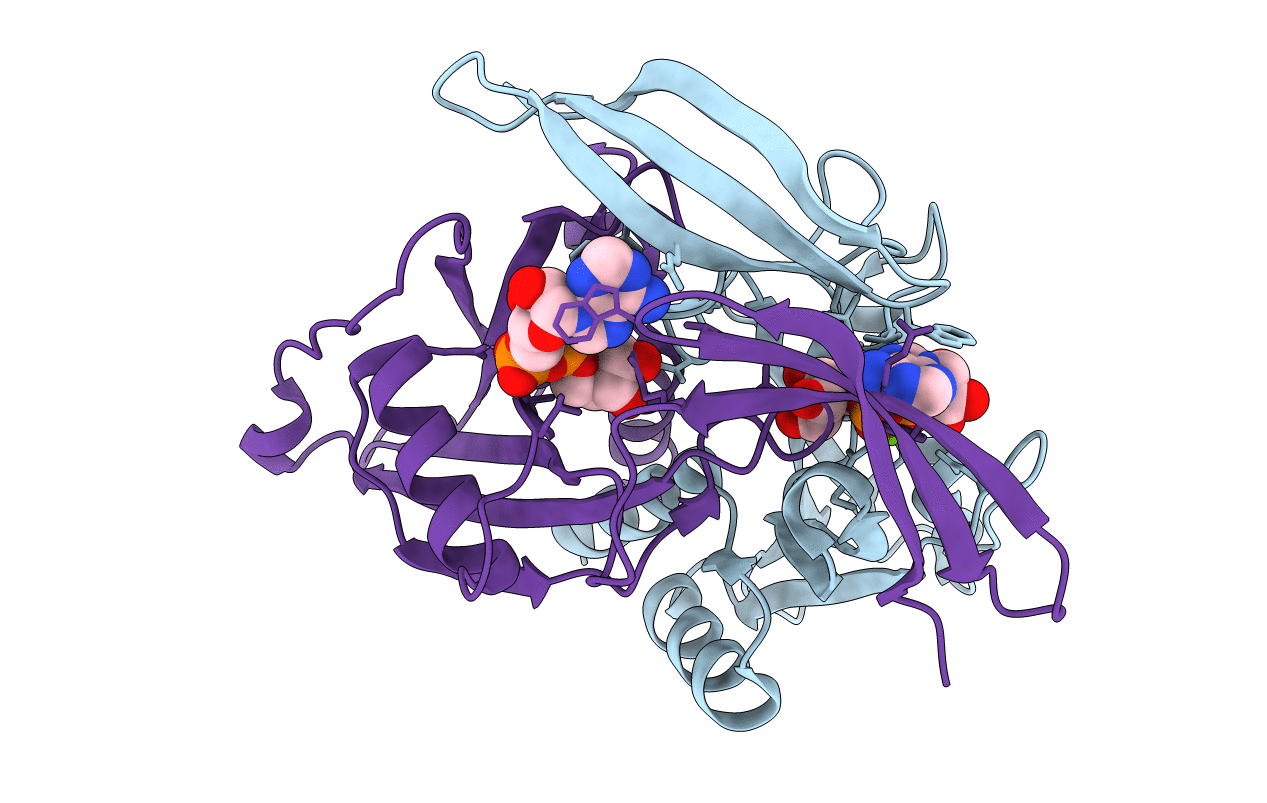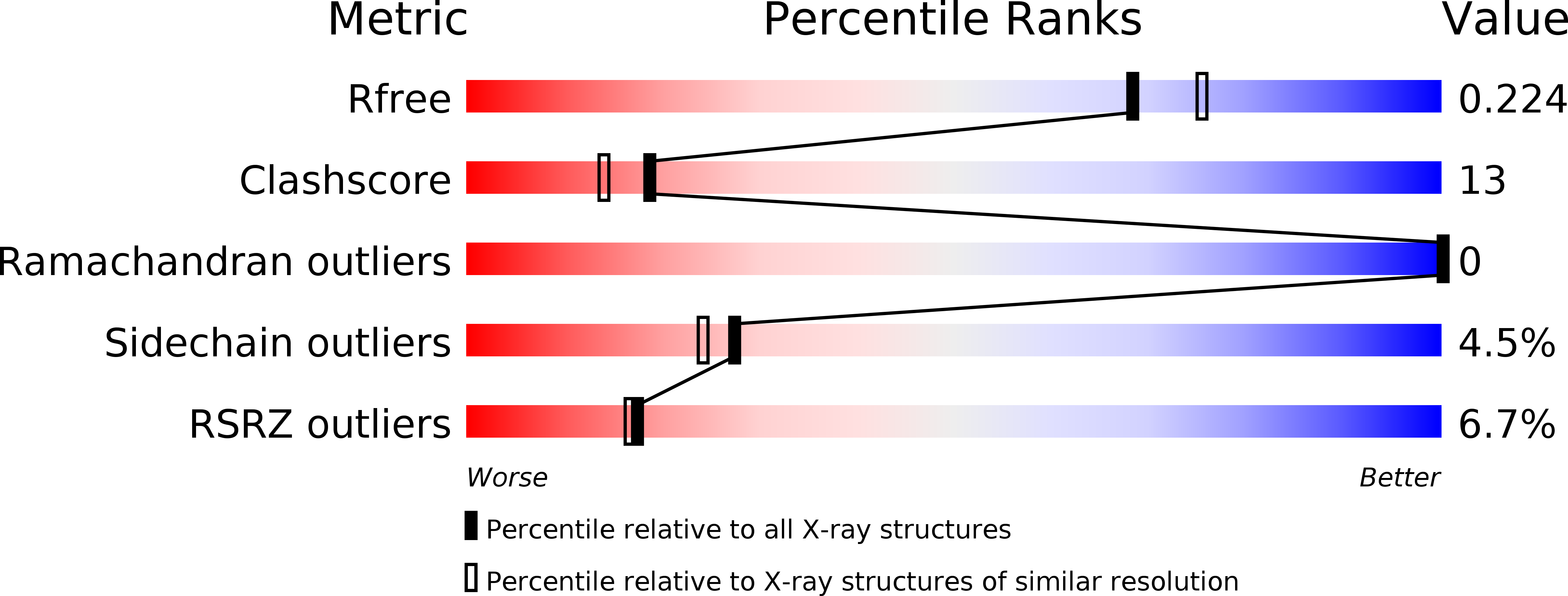
Deposition Date
2006-06-28
Release Date
2006-11-14
Last Version Date
2023-10-25
Entry Detail
PDB ID:
2DSC
Keywords:
Title:
Crystal structure of human ADP-ribose pyrophosphatase NUDT5 in complex with magnesium and ADP-ribose
Biological Source:
Source Organism:
Homo sapiens (Taxon ID: 9606)
Host Organism:
Method Details:
Experimental Method:
Resolution:
2.00 Å
R-Value Free:
0.22
R-Value Work:
0.19
R-Value Observed:
0.19
Space Group:
C 1 2 1


